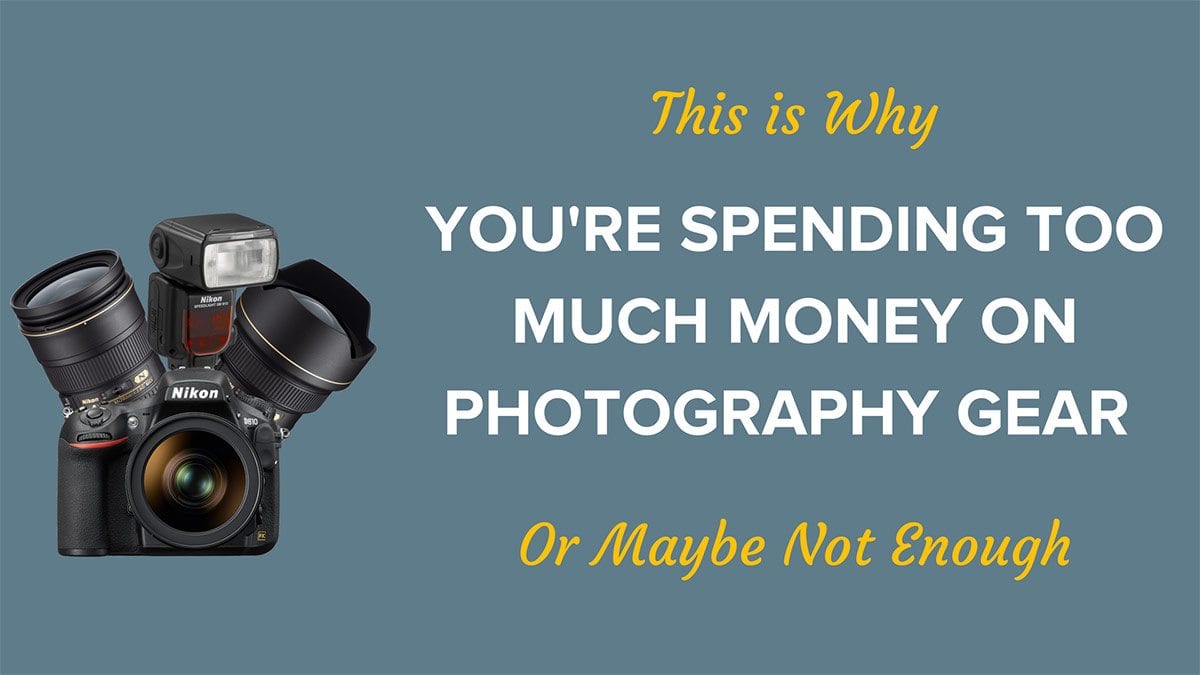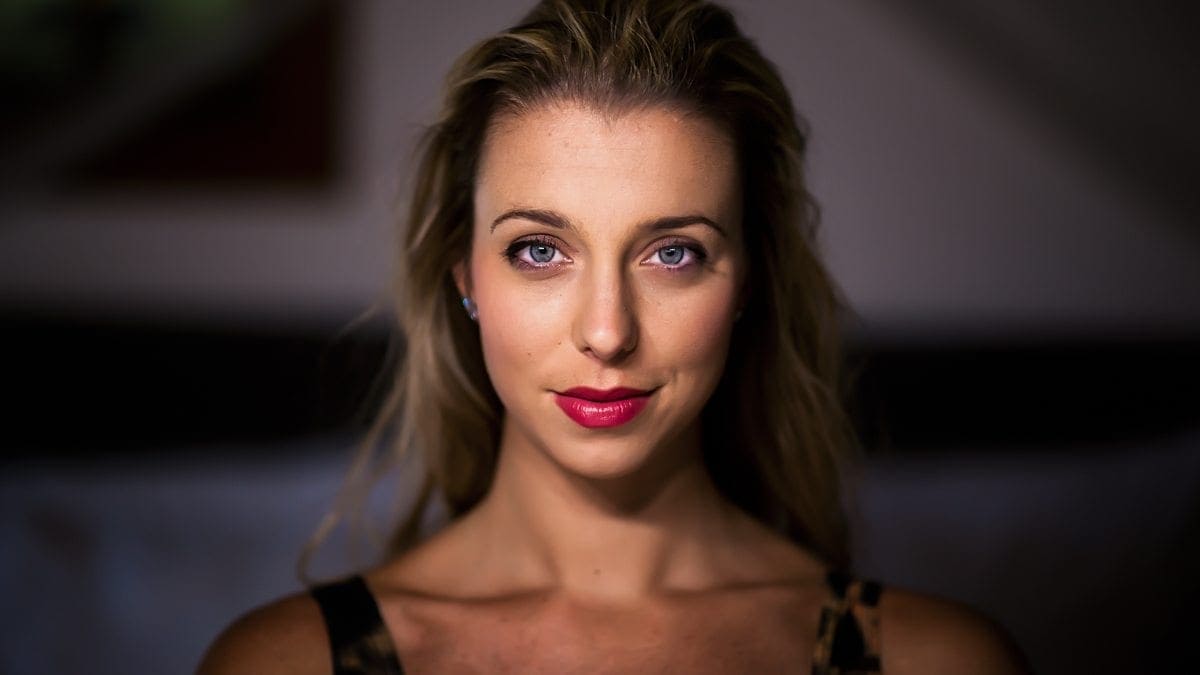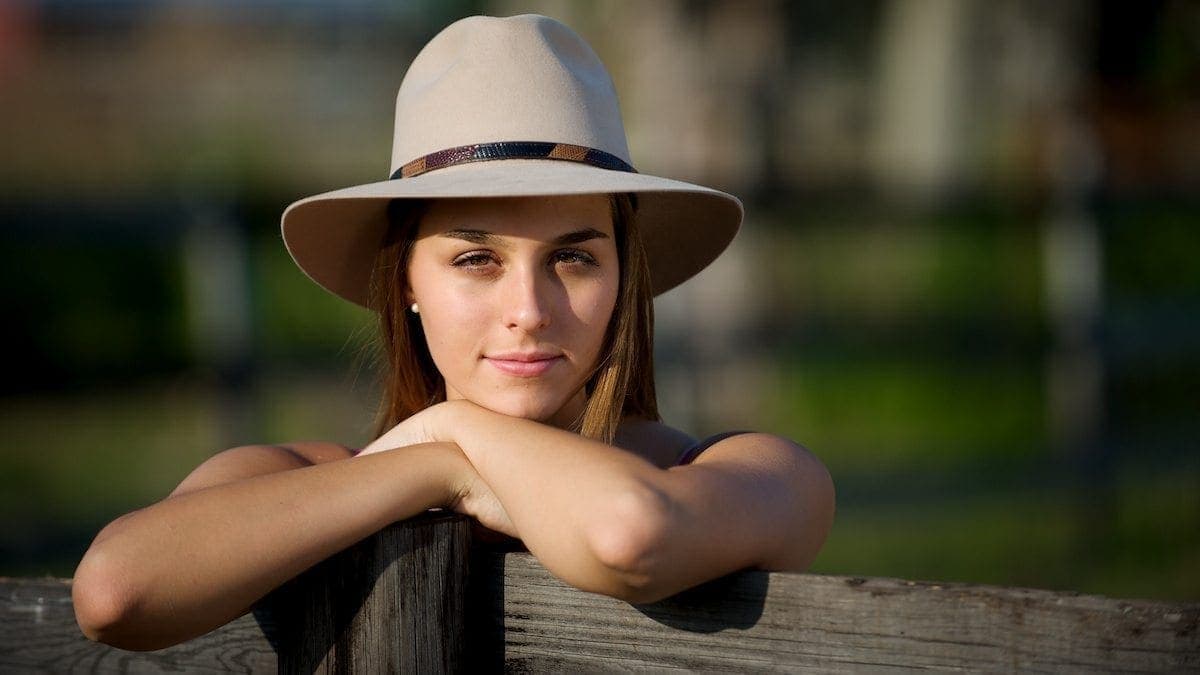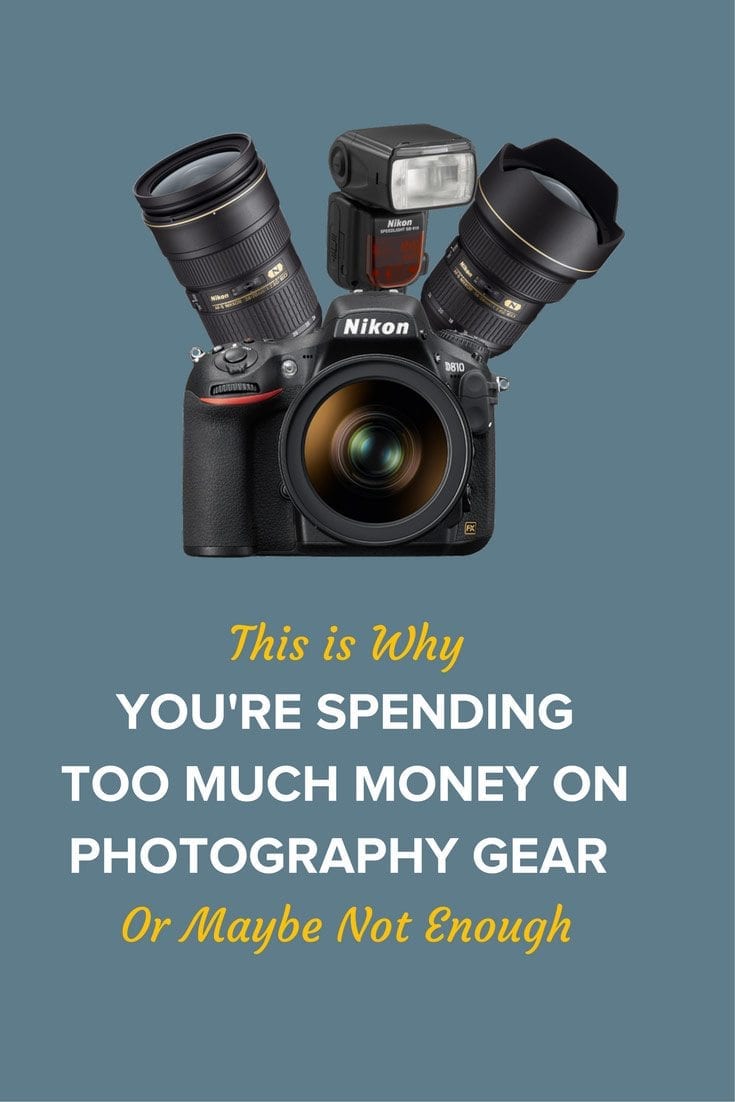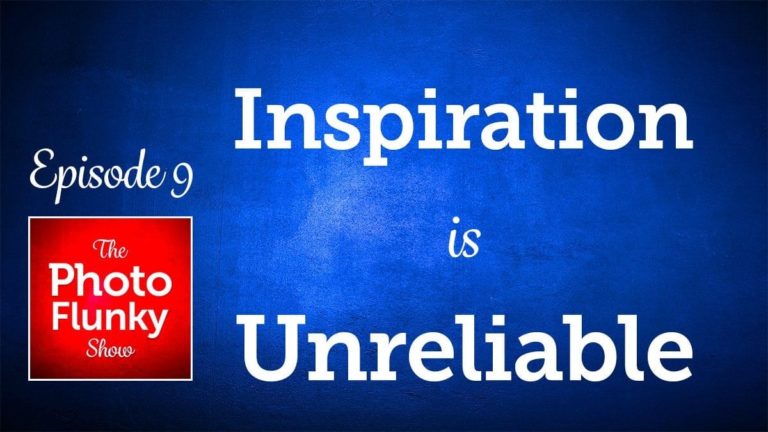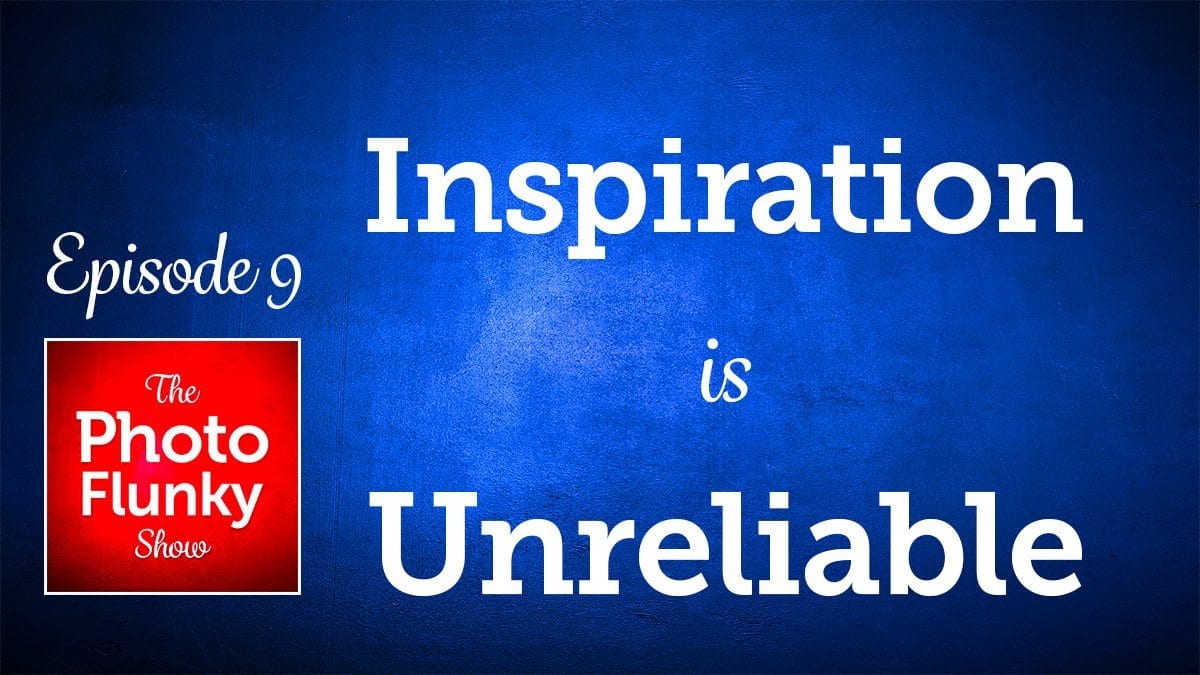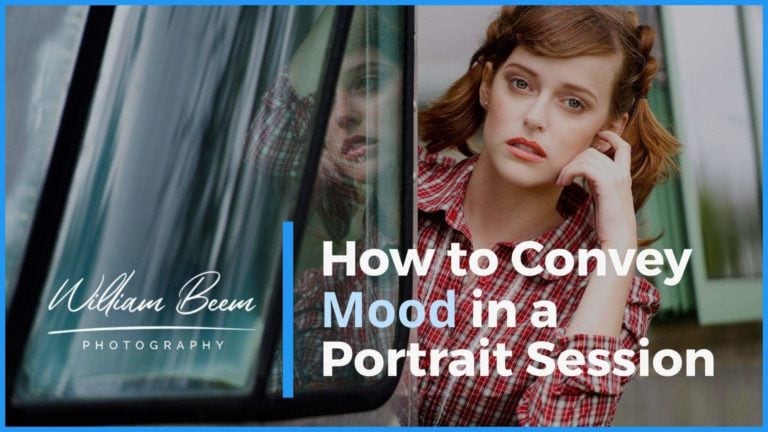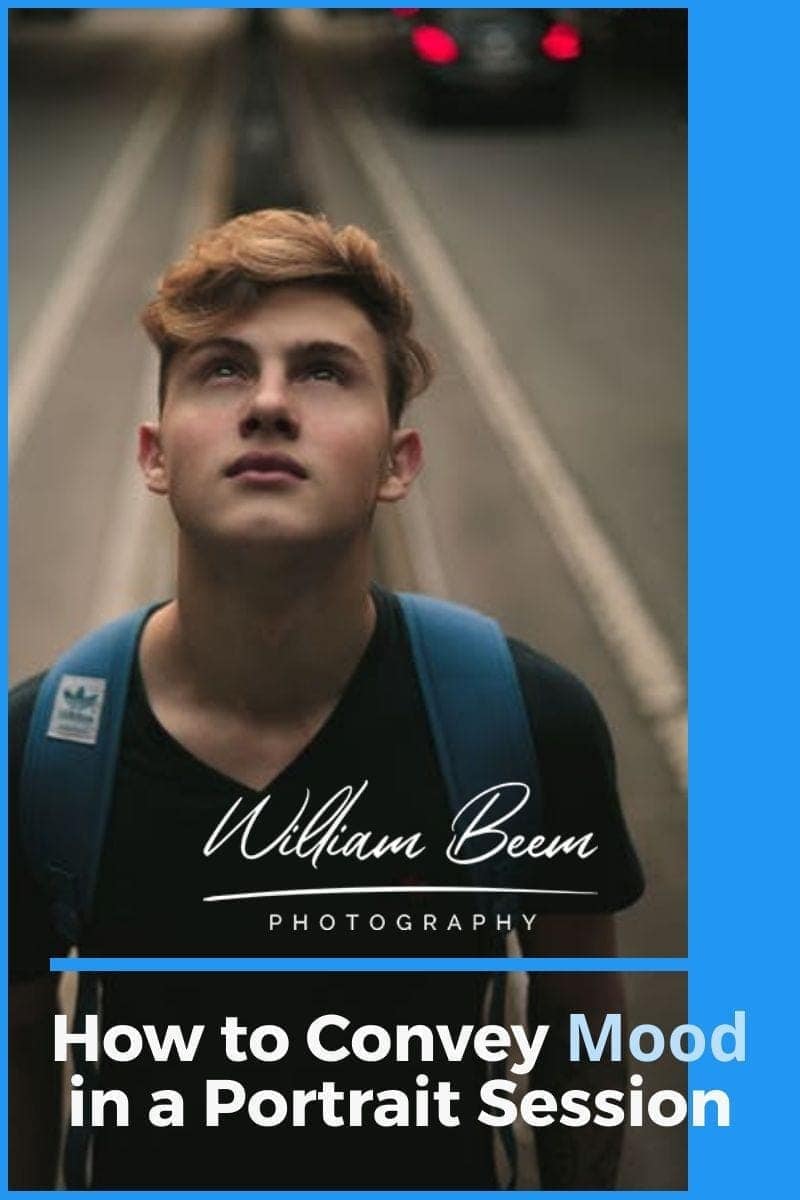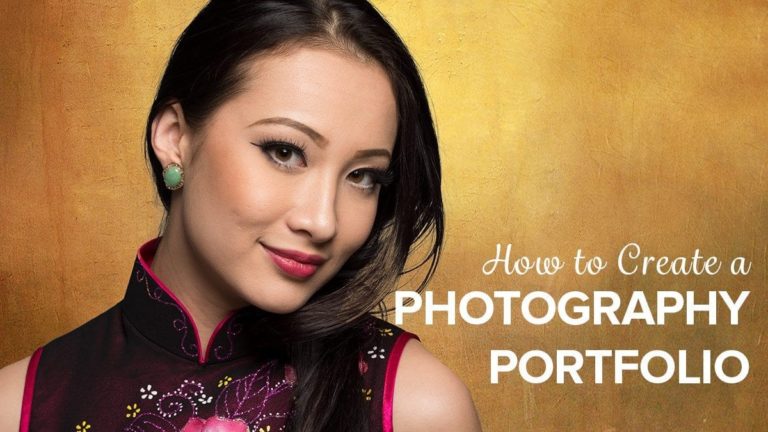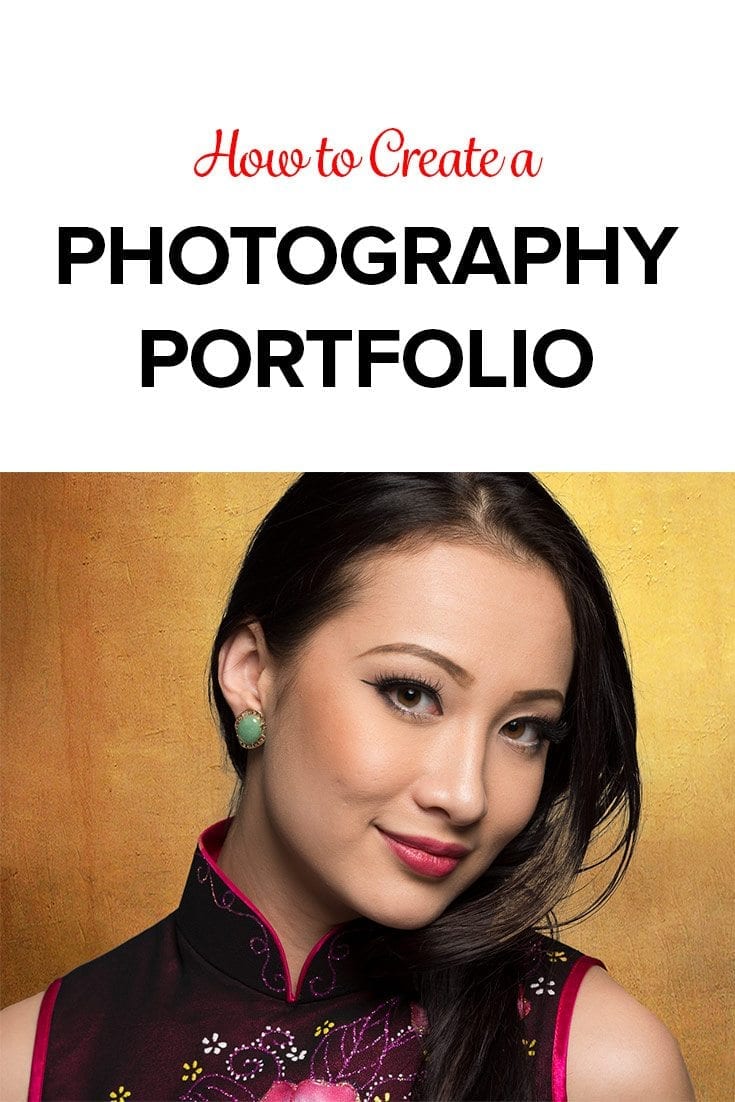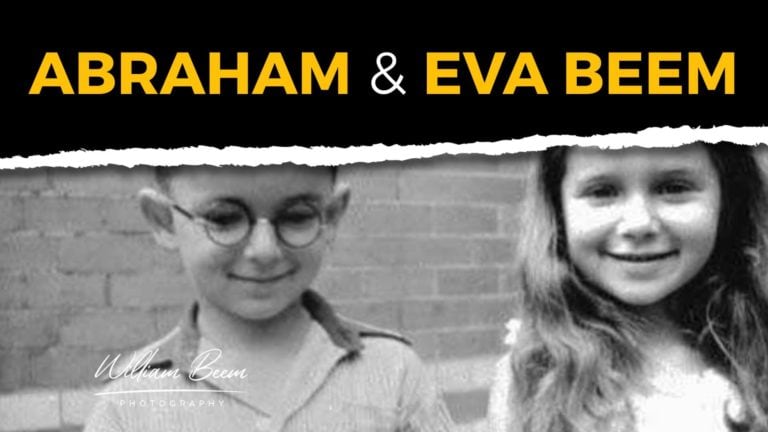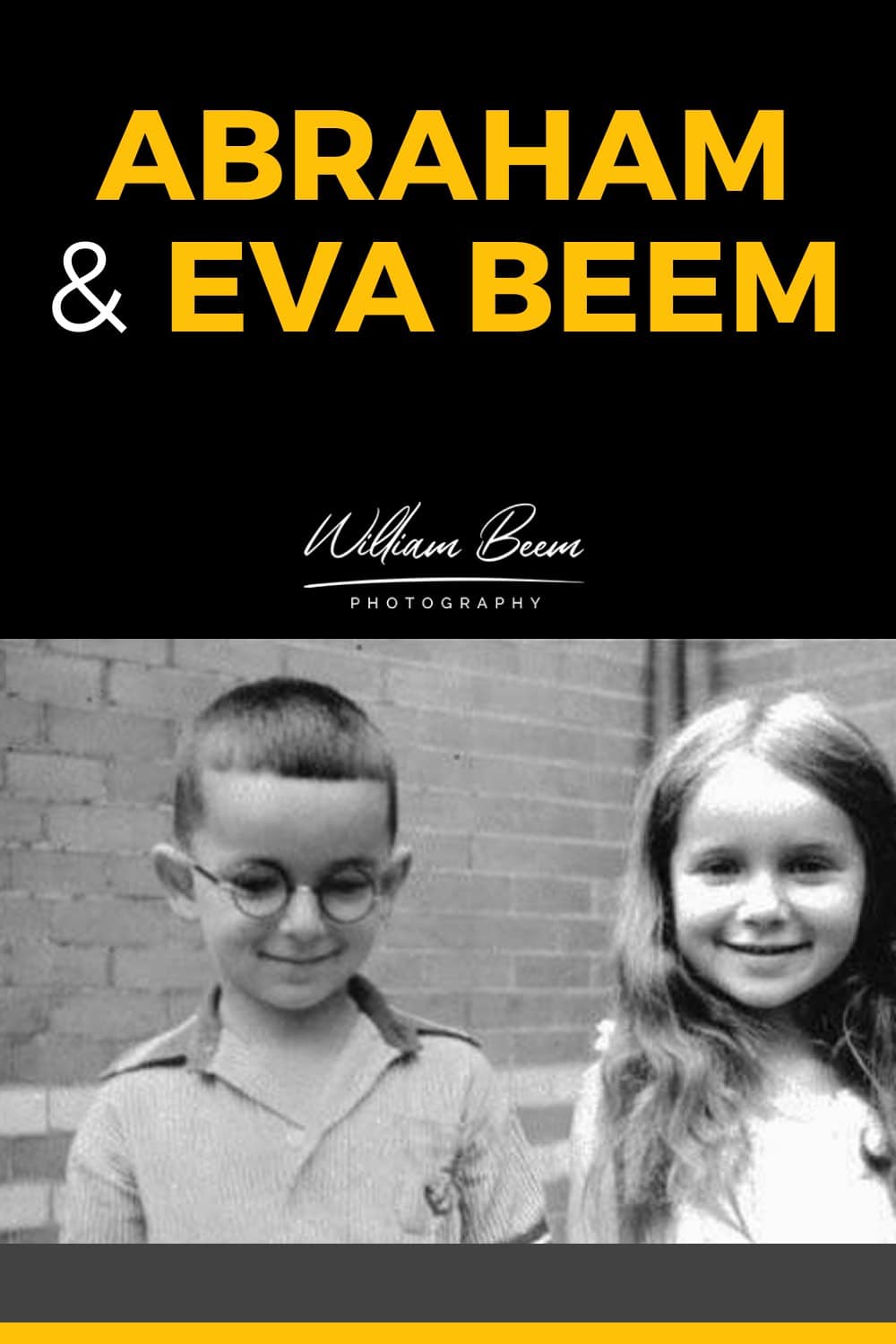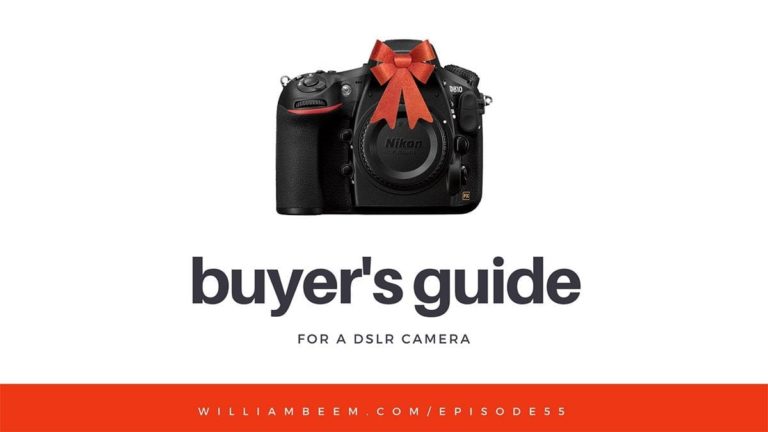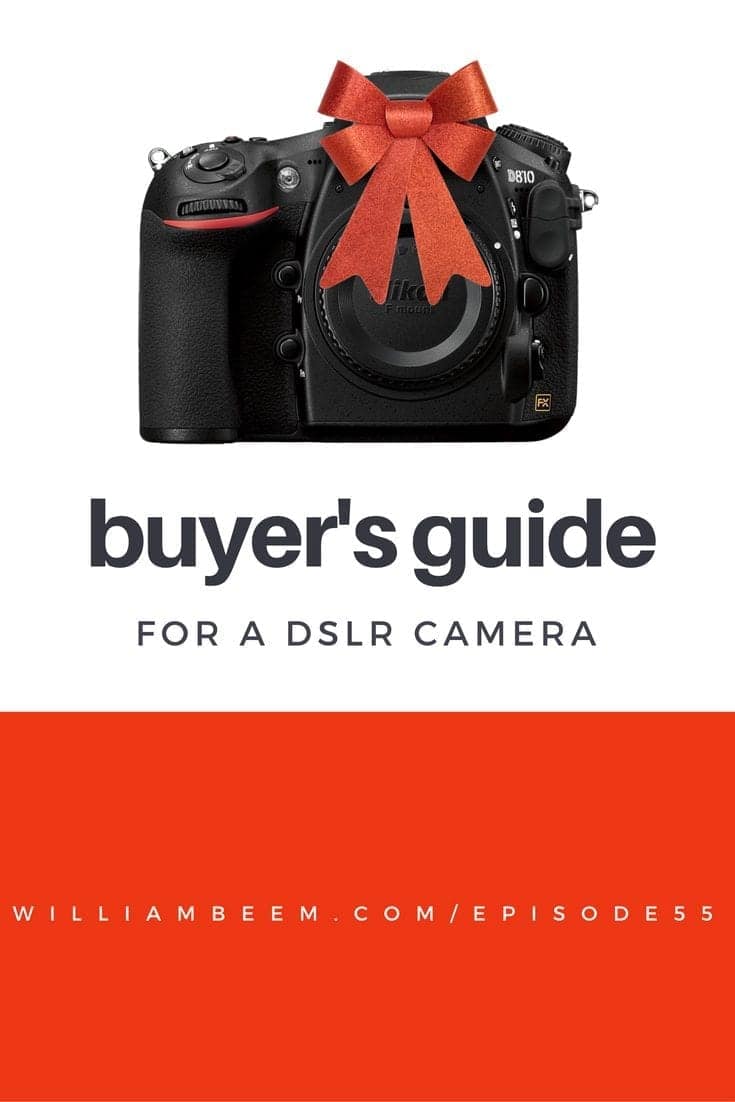Affiliate Disclosure: We earn a commission if you purchase through one of our links at no additional cost to you.
Ever thought that you’re spending too much on photography gear? Maybe you are, but did you ever think that maybe you’re spending too much because you were too cheap in the first place?
I’ll explain.
**This post contains affiliate links and I will be compensated if you make a purchase after clicking on my links.
This is Why You’re Spending Too Much on Photography Gear
No one ever said that photography was an inexpensive hobby or trade. Gear, software and accessories are expensive. However, you need to keep in mind that – with few exceptions – there really isn’t a correlation between the amount of money you spend and the quality of photos you create.
It’s very easy and tempting to overspend on photography gear. I know, because I’ve done it. You feel the lure of new gadgets, wonder-lenses, and magic software.
For example, let’s look at my major lens collection for a full frame Nikon camera.
- Nikon 70-200mm f/2.8
- Nikon 24-70mm f/2.8
- Nikon 14-24mm f/2.8
- Nikon 85mm f/1.4
- Nikon 35mm f/1.4
- Nikon 24mm f/1.4
That is a lot of wonderful and very expensive glass. Each one helps create photos so pure that you could just lick them and taste the unicorns and fairies that live inside the lenses.
Yet the bulk of my work, probably 90%, uses just two of those lenses. I rely primarily on the Nikon 24-70mm and Nikon 70-200mm lenses.
The others are specialty lenses that I pull out on occasion. The occasion is often that I feel bad that I haven’t shot with them enough to rationalize their expense.
Make Sure You Understand Your Needs
I’d love to tell you that I needed those prime lenses. The truth is that I wanted them and I had the disposable income to purchase them. I can’t recall if I convinced myself that I needed them, but I know for certain that I wanted them.
It’s called Lens Lust.
That’s the name of the disease that causes you to believe that a given lens will up your game, allow you to capture shots that you couldn’t otherwise make. In other words, it’s a magic bullet.
There are cases where that’s true. If you’re shooting wildlife or sports, you need those mega-large telephoto lenses. If you’re shooting concerts, you need fast glass for low light photography.
Do you need them for portraits, though?
Let me give you a couple of examples with some photos I took a few years ago.
I shot this photo of Erica using the Nikon 85mm lens at f/1.4. It does a magnificent job of drawing your eye to her face, because everything else fades into a super creamy bokeh.
Mind you, this shot wouldn’t have worked if her face was at an angle. I’d have one eye in focus and one eye blurry. Shooting a portrait at f/1.4 is a very limited use case, and you pay a lot of money to get a lens like this for the privilege.
The shot above also has a very creamy bokeh. I shot this with the Nikon 70-200mm lens. The depth of field isn’t quite as narrow on this shot, but that actually helps me avoid making the mistakes possible with the razor thin depth of field on the Nikon 85mm at f/1.4.
Overall, the Nikon 70-200mm lens is more flexible, less prone to fault, and I think produces results just as beautiful as the Nikon 85mm prime.
Spending too much money on photography gear because of lens lust or pride is pretty much a waste of money.
Do you know what would be a better use of that money?
Buy some gear you actually need, and spend the rest on traveling to interesting locations, hiring interesting models, or doing something to put your camera in front of an interesting subject.
What’s the point of having a lot of expensive gear if you don’t have any money leftover to photograph the subjects that are important to you?
Always Choose Quality
I don’t buy Nikon gear because of the name on the label. I buy it because the gear works very well.
Years ago, I tried a friend’s Sigma 24-70 lens. I didn’t have any complaints about the image quality after the photoshoot, but the experience of using that Sigma lens was awful.
It had very poor focusing, often hunting for the subject. While it was hunting, the gears inside were loud. It sounded like a coffee grinder while trying to achieve focus.
Overall, I was so distracted by the experience of using this lens that it detracted from concentrating on the model I was there to shoot.
Now contrast that with a Nikon 24-70mm lens. It’s fast, silent, and nails the auto-focus with ease. The experience of using a Nikon lens allows me to concentrate on my subject without distraction or complaining about my gear.
Maybe the Nikon price was higher than the Sigma, but it was well worth it.
That’s the value of choosing quality products. They work well so you don’t have to think about them, and they last for years.
I’m not opposed to buying 3rd party lenses and I’ve done that with success. The key lesson here isn’t that Nikon is good and Sigma is bad. Instead, look for quality over price – no matter the brand name.
Customer Service is Key
I think customer service is just as important as the quality of your gear. When you need help, support or repair, the quality of customer service will truly matter.
Sometimes I avoid products that are otherwise fine because they don’t have a decent support network. If it’s hard to find help or get compatible accessories, then your experience with a product will suffer.
A lot of people switched to mirrorless cameras when they first hit the market as a way of getting lighter equipment, electronic viewfinders and other benefits.
I didn’t jump, though.
That’s because there is plenty of support for the Nikon system that I use. Not only from Nikon, but from 3rd party vendors and software vendors. Nikon is an established player.
I knew that some of the new products on the market didn’t have that base and it would take some time to develop that level of support. There was also the chance that some of those products would bust out of the market if the support never came.
Remember HD-DVD vs. BluRay?
These days, I wouldn’t worry too much about getting a Sony mirrorless camera because it survived and is still building up support for lenses and other accessories. It still lacks some of the benefits of the Nikon or Canon markets, but it’s suitable. You couldn’t say the same thing a few years ago.
Make sure you’re looking at the ecosystem and customer service for anything you purchase, or you could end up burned.
The Most Expensive Thing You Buy is the Thing You Buy Twice
Buying something cheap isn’t always a bargain. If it doesn’t have the quality or support you need, then you’re going to end up buying something else that truly meets your needs.
Sometimes your budget may not allow for buying the item you truly need. I get it. That’s why I have a plethora of camera bags and some old tripods in my garage.
Part of the problem is truly understanding your needs.
There are two kinds of cheap tripods. Those that are very rickety and don’t provide good support, and those that use heavy materials and you hate taking them with you.
I spent a good chunk of change buying a very sturdy carbon-fiber tripod years ago, and it still serves me well today. The good news is that carbon-fiber tripods don’t cost as much today as they did years ago, but I bought quality gear with great support that meets my needs for stability and portability.
Never once had cause to regret my decision.
Sometimes Your Needs Change
Does every decision last forever? Of course not. Even if you don’t wear out a product, sometimes your needs change. When that happens, it’s OK to make a new purchase.
If you don’t need your old gear, you can recover some of the cost by selling it off. When I decided to switch from crop-sensor to full format cameras, I sold my old gear to defray the cost of my decision. It was the right choice for me.
In some circumstances, my needs haven’t changed. Instead, I had new a new need that required additional equipment. The key is to recognize when your existing equipment just doesn’t fill a need, and then decide the best way to satisfy the need.
Beware using rinky-dink hacks to meet your needs. I made that mistake.
When I was a kid in high school, I had a 35mm SLR camera with a 50mm lens. That focal length wasn’t sufficient for some of the shots I wanted to make, so I hacked together a telephoto lens by using a pair of 2X tele-extenders to get my 200 mm focal length.
You can imagine how my quality suffered with that decision.
Sometimes shortcuts are tempting, but they also bring compromises with them.
Recognize Fads and Avoid Them
Some people think HDR is a fad (partially true) and avoided it. One of the current fads I see is Plotograph. It takes your still images and turns them into GIFs to create the illusion of movement in clouds, water or other parts of your image.
It’s a cute gimmick.
On the other hand, you end up paying for this as a service rather than buying it once and being done with it. After a while, people are going to get tired if these things and move on to the next trend.
So you have to decide if you want to spend your money going from one momentary trend to another, or if you want to invest in evergreen tools that will always work to help you create quality photographs.
I’m in the camp of avoiding most of these fads and see them as a waste of money. However, one man’s trash is another man’s treasure. If you find value in something new and trendy, then it’s not my place to tell you how to spend your money.
Instead, I’ll just put on an outward appearance of acceptance while condemning you internally.
Curb Your Enthusiasm
The photography community has an acronym for overspending on photography equipment.
Gear Acquisition Syndrome (GAS)
In my experience, spending too much on photography gear is a result of emotional decisions rather than rational consideration of your needs. That’s certainly been the case for me when I bought something that I wanted rather than needed.
There is something very satisfying about buying new gear for your passion. If you have the means and desire to do it, far be it from me to talk you out of it.
However, if you’re chasing better photos and you think all you need is one more piece of gear, then I urge you to take a step back and make your decision from a rational place. Evaluate your needs and set aside your wants.
Also keep in mind that sometimes the best use of your money to get better photographs isn’t more gear, but rather traveling to a wonderful place or hiring the subject you want to shoot. Why spend thousands on a lens to shoot a cheap or boring subject?
Macphun Coupon Code
I mentioned at the start of the show that you can save 10% (or $10) on Macphun software using my coupon code. This is my affiliate code, which means that I make a small commission if you purchase from me, but it also means that you save money.
For Macphun products like Luminar and Aurora HDR, you save $10.
For other Macphun products, like the Creative Kit, you save 10%.
Just visit: https://williambeem.com/macphun
When you check out, use my Macphun coupon code: BEEM
Subscribe to The Photo Flunky Show
Thank you for listening to The Photo Flunky Show. Make sure you get every episode by subscribing.
iTunes – https://williambeem.com/itunes
Stitcher – https://williambeem.com/stitcher
Google Play – https://williambeem.com/googleplay
Blubrry – https://williambeem.com/blubrry
Social Media Links
We love seeing your photos and keeping in touch with you on social media. Here’s where you can find us.

